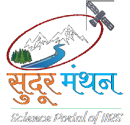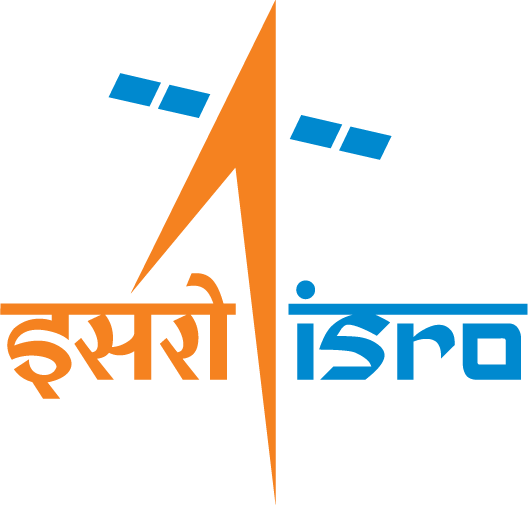Blockchain technology- An Intelligent ledger for Geospatial data
Blockchain technology is a decentralized and immutable ledger system that enables secure and transparent transactions or data exchanges. It operates on a distributed network of computers, known as nodes, which collectively validate and record transactions in a chronological and tamper-resistant manner. Each transaction, or block, is cryptographically linked to the previous one, forming a chain of blocks. The decentralized nature Continue Reading »







